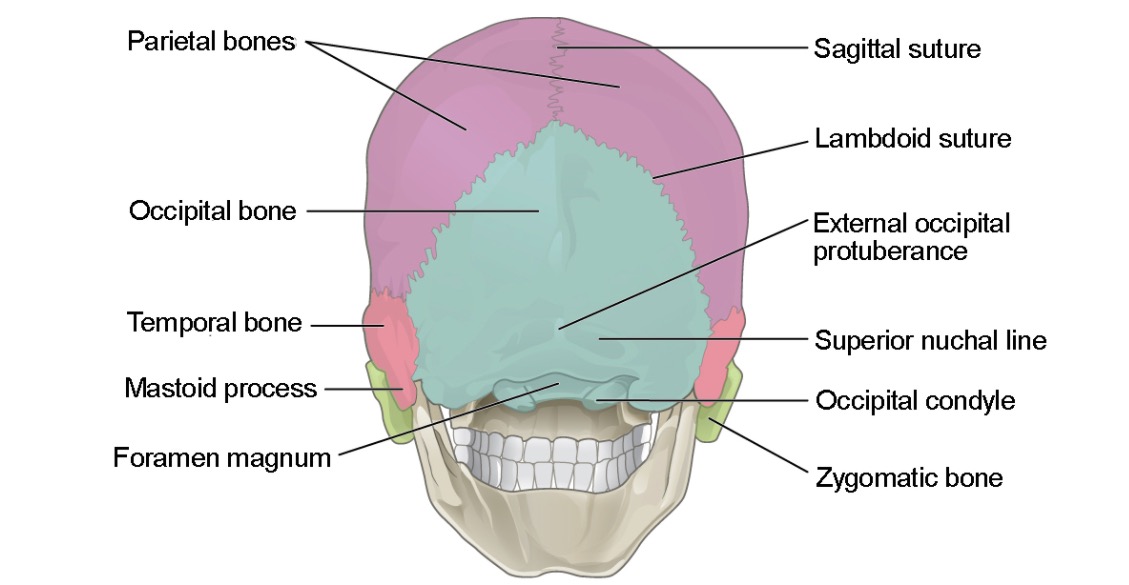Playlist
Show Playlist
Hide Playlist
Maxilla
-
Slides Anatomy Maxilla.pdf
-
Reference List Anatomy.pdf
-
Download Lecture Overview
00:02 Now let's take a look at the maxilla. 00:06 Here we see the anterior surface with little fossa called incisive fossa. 00:12 Which are fossa, related to teeth. 00:16 We also have canine fossa, again relating to teeth this time the canines. 00:22 We also have openings or phenomena just below the orbit called the infraorbital foramen. 00:29 We also have a portion of the orbit this time the infraorbital margin. 00:36 There's also an area around the nose that we call the nasal notch. 00:41 And towards the midline, a group called the nasal spine. 00:48 Here we have the infratemporal surface, the zygomatic process of the maxilla and alveolar canals. 00:57 Alveolar again in this context means referring to the hollow or tooth socket. 01:03 So these are canals that have something to do with the sockets relating to the tooth. 01:09 Here we have a bump called the maxillary tuberosity. 01:14 To which muscles are going to attach. 01:18 Here we look at the orbit and we can see that it's forming a good portion of the inferior aspect of the orbital surface. 01:25 And a little bit of the lacrimal area called the lacrimal notch. 01:31 There's also an anterior edge here of the inferior orbital fissure through which multiple cranial nerves pass. 01:40 There's a groove along the inferior surfaces of the orbit here called the infraorbital groove. 01:47 If we take the bone out, we're able to see the medial aspects which are the nasal surfaces. 01:53 And we can see a little hiatus called the maxillary hiatus. 01:58 To be this little opening into the maxillary sinuses. 02:03 We have a little groove called the lacrimal groove that's going to participate in the drainage of tears. 02:10 A little crest as the name implies for concha called the conchal crest. 02:16 And then a groove more posteriorly called the greater palatine groove. 02:24 We have the zygomatic process. 02:27 Frontal process. 02:32 And alveolar processes. 02:34 All interacting with the areas you would expect. 02:37 Like ematic bone frontal bone, and in the terms of alveolar. 02:41 Having to do with the upper teeth. 02:43 While it's have a palatine process, which forms a portion of the hard palate.
About the Lecture
The lecture Maxilla by Darren Salmi, MD, MS is from the course Skull.
Included Quiz Questions
Which fossae are part of the maxilla? Select all that apply.
- Canine fossae
- Incisive fossae
- Extraorbital fossae
- Mandibular fossae
- Extraosseous fossae
What attaches to the maxillary tuberosity?
- Muscles
- Nerves
- Ligaments
- Medullary bone
- Cortical bone
Which processes belong to the maxilla? Select all that apply.
- Zygomatic
- Frontal
- Alveolar
- Temporal
- Nasal
Customer reviews
5,0 of 5 stars
| 5 Stars |
|
5 |
| 4 Stars |
|
0 |
| 3 Stars |
|
0 |
| 2 Stars |
|
0 |
| 1 Star |
|
0 |




